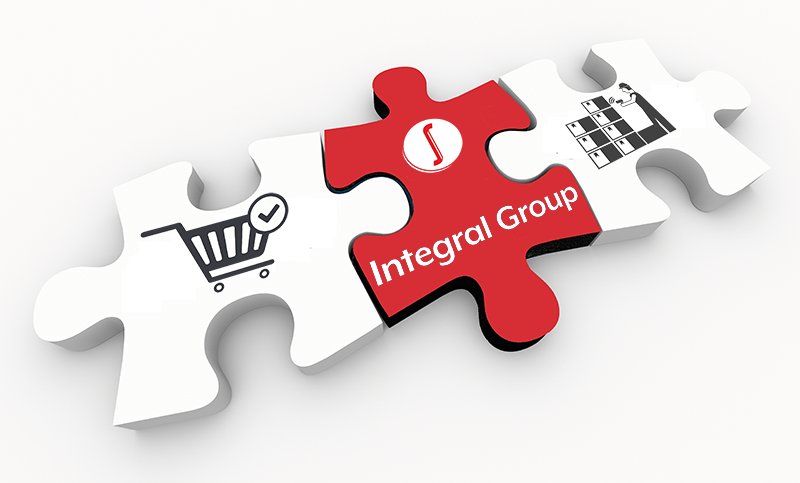Integrating EDI with your WMS or 3PL provider

Using Integral Group integration services, you save money by only paying for a single set-up.
With Integral Group integration, there is only one set-up that incorporates all of your customers – present and future. We create what amounts to a huge record layout that houses all of the data fields required by your entire customer base. The information is then extracted as needed to create the custom 940s required by your 3PL.
With Integral Group Flat Rate service plans, you don’t pay for customer sets-ups.
We don’t charge customers over and over again for trading partner setups. We’re already connected to 650+ retailers and manufacturers in North America and there is no need to reinvent the wheel. All customer setups are included in our flat rate plans.
Using Integral Group integration services, there is no burden on your system to maintain extraneous data.
You don’t have to maintain a massive internal database for all data fields that are required by each customer’s unique 850 layout. Integral Group receives all of the purchase orders, stores the all data then outputs exactly what your 3PL requires for their 940.
With Integral Group integration, there is only one set-up that incorporates all of your customers – present and future. We create what amounts to a huge record layout that houses all of the data fields required by your entire customer base. The information is then extracted as needed to create the custom 940s required by your 3PL.
With Integral Group Flat Rate service plans, you don’t pay for customer sets-ups.
We don’t charge customers over and over again for trading partner setups. We’re already connected to 650+ retailers and manufacturers in North America and there is no need to reinvent the wheel. All customer setups are included in our flat rate plans.
Using Integral Group integration services, there is no burden on your system to maintain extraneous data.
You don’t have to maintain a massive internal database for all data fields that are required by each customer’s unique 850 layout. Integral Group receives all of the purchase orders, stores the all data then outputs exactly what your 3PL requires for their 940.



